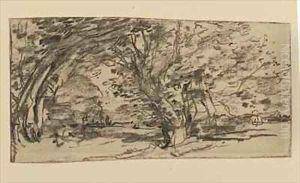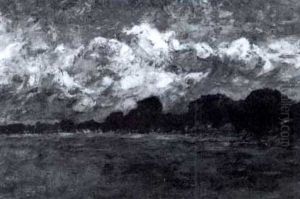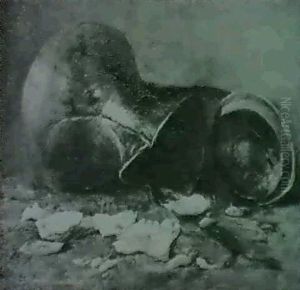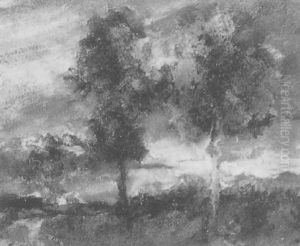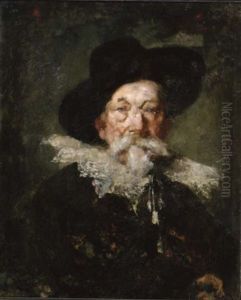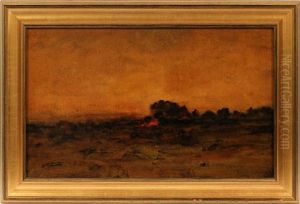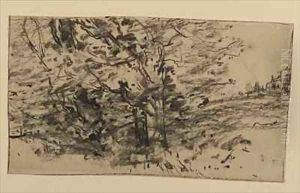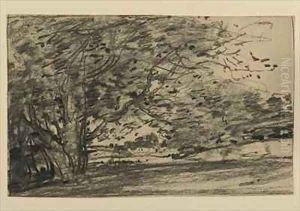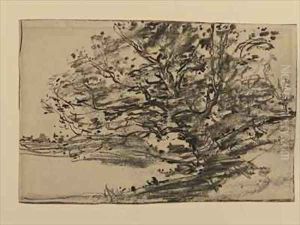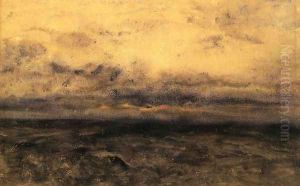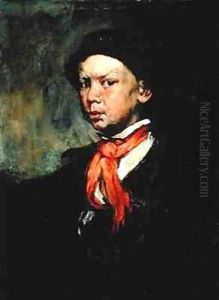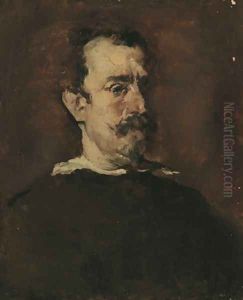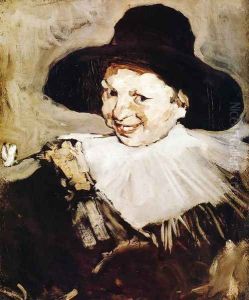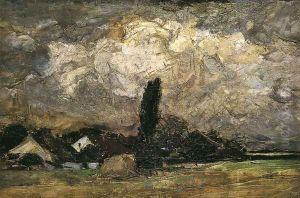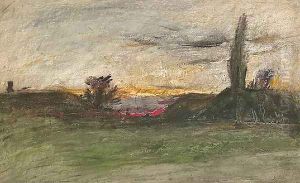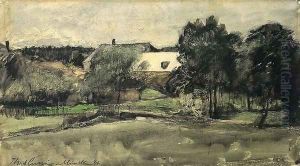J. Frank Currier Paintings
J. Frank Currier was an American painter born on October 4, 1843, in Boston, Massachusetts. His early life was marked by a passion for the arts, leading him to pursue an education in painting. Initially, his artistic journey began in the United States, but Currier's aspirations soon took him across the Atlantic to Europe, where he sought to immerse himself in the rich artistic traditions and innovations of the continent.
In the late 1860s, Currier relocated to Munich, Germany, a city that was becoming a vibrant center for art and culture. Munich's artistic environment, characterized by its flourishing art schools and a community of international artists, provided Currier with the ideal setting to refine his skills and develop his unique style. He enrolled at the Royal Academy of Fine Arts in Munich, where he studied under the guidance of Wilhelm von Diez, a prominent figure in the German art world. Currier was influenced by the detailed realism and technical precision characteristic of the Munich school, which is evident in his works.
Throughout his career, Currier was known for his landscapes and genre scenes, which often captured the beauty and tranquility of the European countryside. His paintings are characterized by a meticulous attention to detail, a rich palette, and a harmonious blend of light and shadow. Currier's ability to evoke mood and atmosphere in his paintings won him acclaim and recognition among his contemporaries.
Despite his success in Europe, Currier remained relatively unknown in his native country during his lifetime. It was only posthumously that his work began to receive the attention it deserved in the United States. Today, Currier's paintings are appreciated for their contribution to the Munich school's influence on American art and are included in the collections of various museums and galleries.
J. Frank Currier passed away on March 9, 1909, in Munich, leaving behind a legacy that continues to be celebrated for its artistic merit and contribution to the transatlantic exchange of artistic ideas during the late 19th and early 20th centuries.
